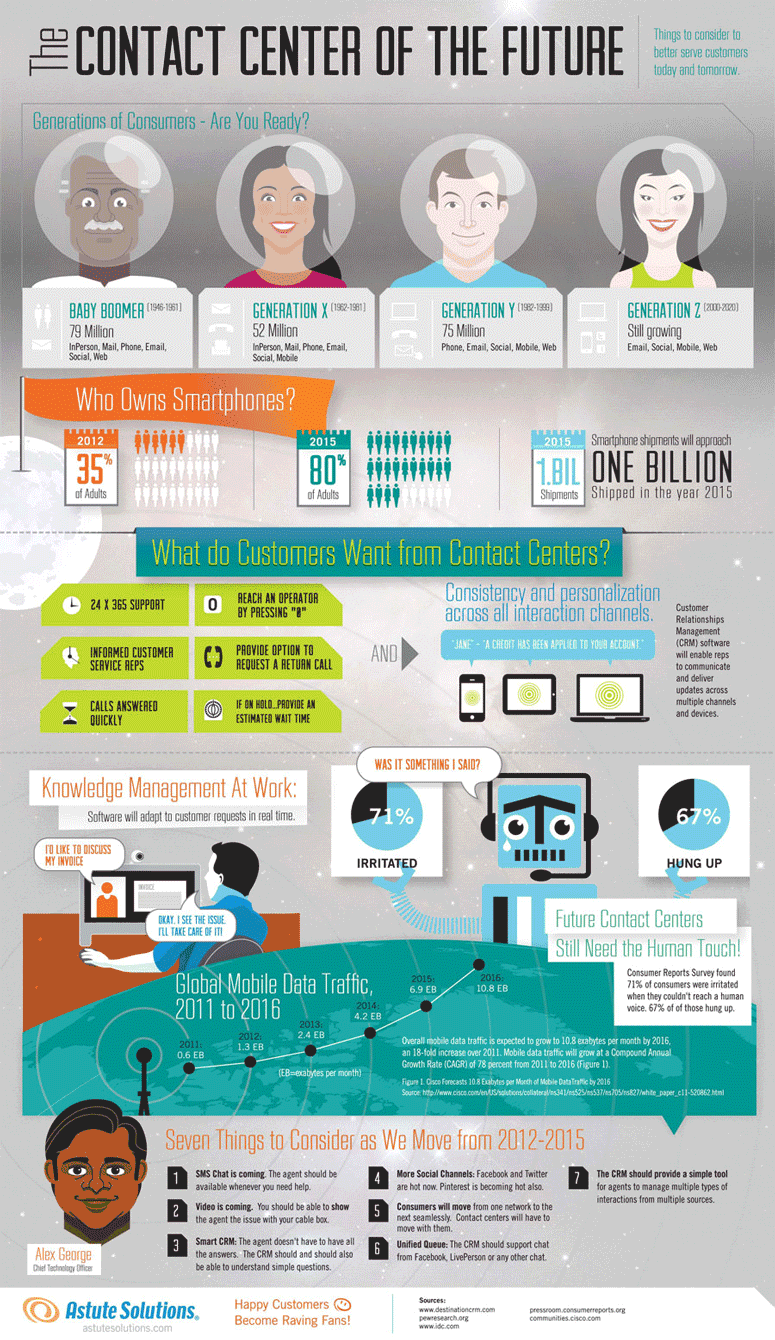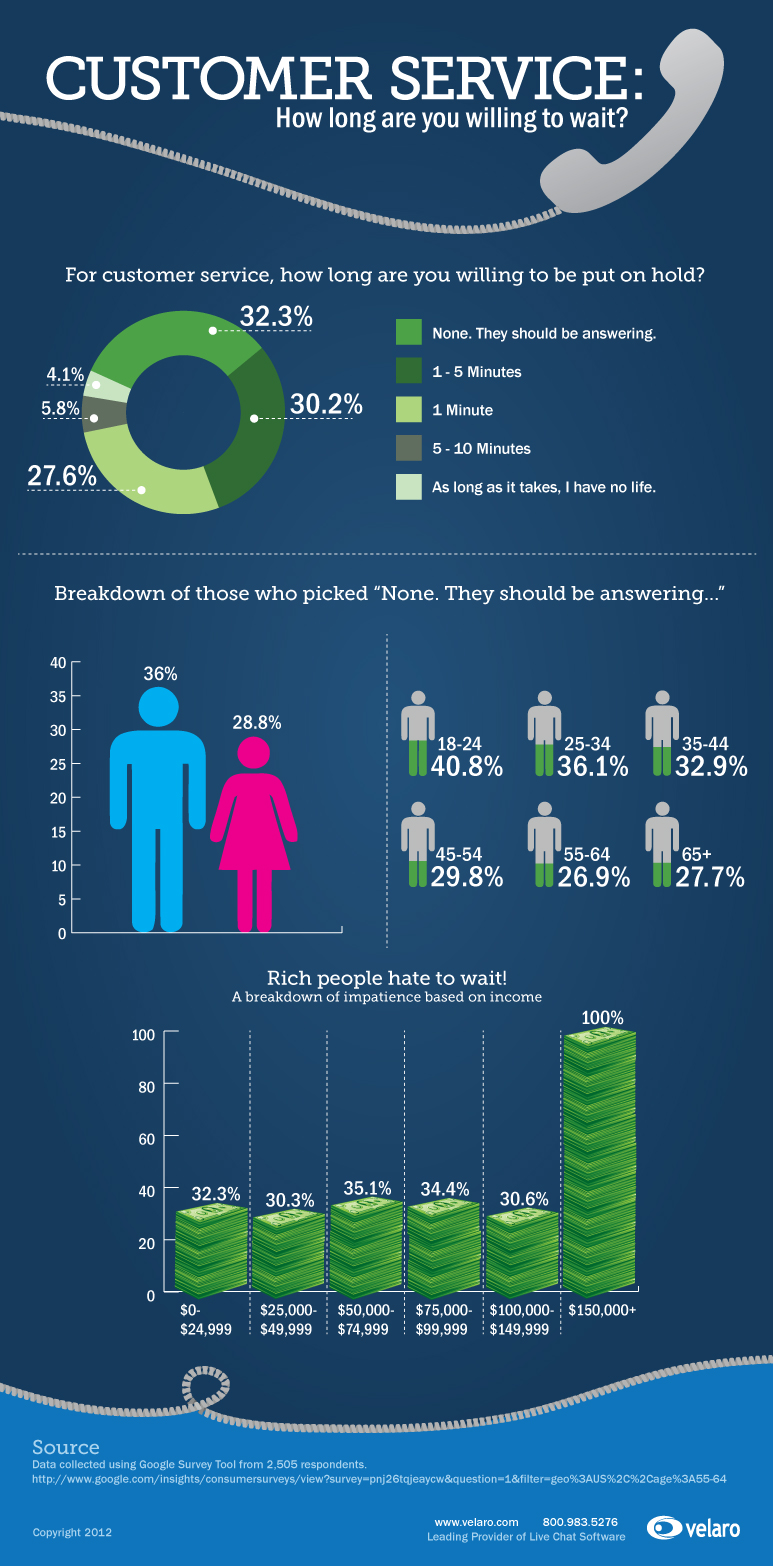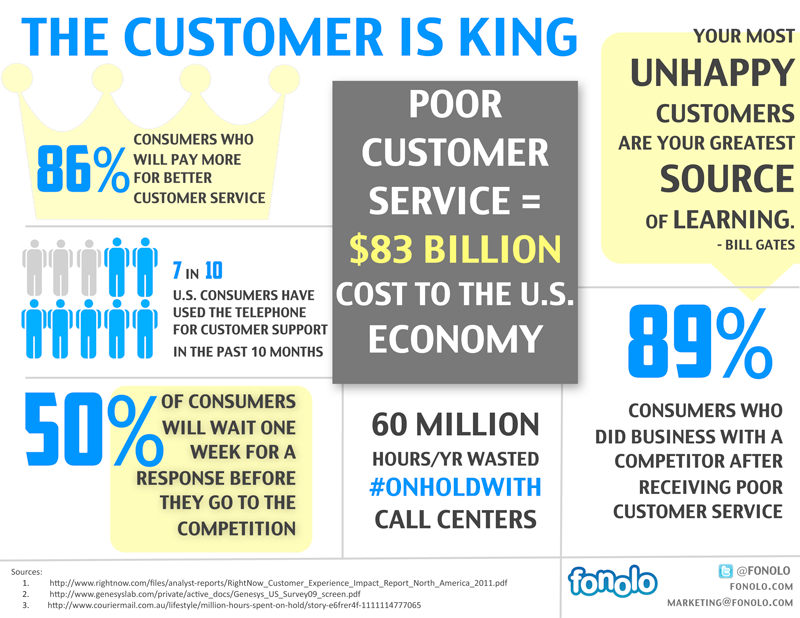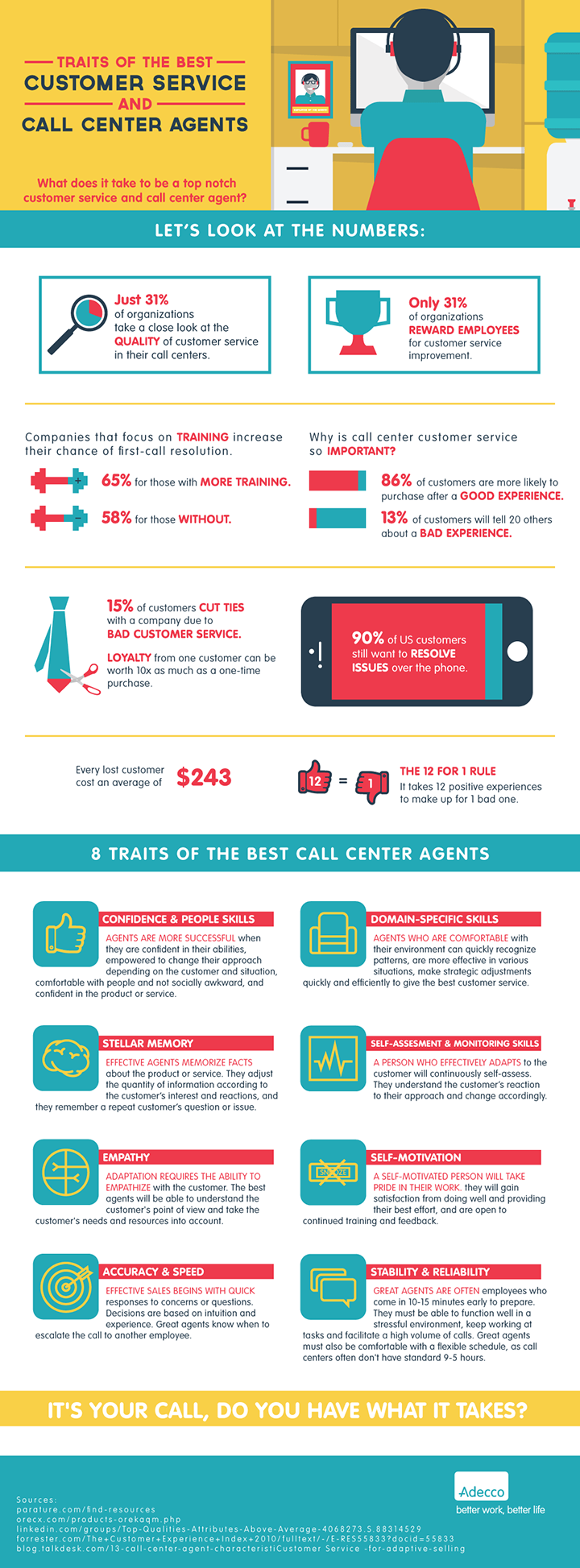 So you’re ready to transition to the cloud. Perhaps you’ve heard from other businesses about the benefits, including low cost, advanced features and flexibility. But where do you start?
So you’re ready to transition to the cloud. Perhaps you’ve heard from other businesses about the benefits, including low cost, advanced features and flexibility. But where do you start?
That’s a tricky question to answer because it depends on the type business, to some extent. But for this blog, we’ll assume you’re a small to mid-size business looking to incorporate public cloud for the first time.
Do your research
We hear about the cloud all the time these days, but more people than would like to admit it don’t understand exactly what the cloud is and how it benefits business. If you’re in this group, that’s perfectly OK. It just means you’ll need to do some research first. It’s impossible to make good purchasing decisions if you don’t understand what the cloud can do for your business operations.
Here’s a great PC Magazine article that offers a simple explanation, including the difference between consumer and business cloud products. This guide from Explore B2B is a great resource, too.
In simplest terms, the cloud allows you to carry out essential business functions via an Internet connection. Rather than purchasing expensive hardware and software and installing it on site, the software is provided as a service over the Internet. Cloud-based software makes enterprise-level features available to smaller businesses at much lower price. It also allows companies to access business data from any device or location, not just a single computer.
Develop a strategy
Cloud technology is an umbrella term, but there are thousands of products that perform various business tasks, from storing and backing up data to invoicing to product tracking. You can find a cloud tool for just about every business function imaginable, and many tools offer a wide range of functions. A single software product might handle invoicing, expense management and project tracking.
Because there are so many options, it’s important to decide what you want the technology to do. Maybe your accounting software is installed and managed on a single computer or server and you want to make it accessible on multiple devices via the cloud. Perhaps you’re looking for a customer service tool that offers reporting and analytics, data sharing across departments, email marketing and more. The type of cloud-based software you purchase completely depends on your needs. For many companies, more than one product is needed.
Start comparing products
Once you know what you want to do with cloud technology, you can start shopping for products. Companies like Software Advice can answer some of your basic questions and recommend appropriate vendors. Always request a demo of any software product you’re considering. That’s the only way to gauge whether it’s user-friendly and meets your company’s needs.
For small businesses that have no idea where to start, this PC Mag list of the top 20 cloud-based software products is helpful. It covers features and pricing for the most popular cloud products for small businesses.
Take your time — and scrutinize
Finding the right cloud product might take several weeks. This is a not a process that should be rushed. Sure, most cloud providers won’t force you to sign a long-term contract, but you’re better off finding the right product the first time around. Switching means getting used to a new system all over again.
In addition to functionality, pay attention to security. If your data will be housed in a public cloud, find out how the company secures it. Is the vendor compliant with data security standards and, if so, which ones? Data security is more important than ever in the wake of large-scale breaches. Most cloud-based products are highly secure – otherwise the vendors wouldn’t be able to compete in this security-conscious market – but it’s important to verify that.
Finally, pay careful attention to the pricing structure. Some cloud-based call center software vendors, for example, advertise low upfront fees but tack on additional hidden expenses for extra features or telecom. Find out exactly what’s included in the monthly price you are quoted to avoid billing surprises.
Kunnect sells 100% cloud-based call center software that includes a predictive dialer to businesses and political campaigns. Our software, hosted in the Amazon platform, seamlessly manages all inbound and outbound calling for a flat rate of $125 per agent per month with a flat deposit of $125 per user.













